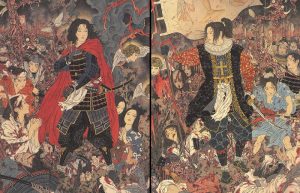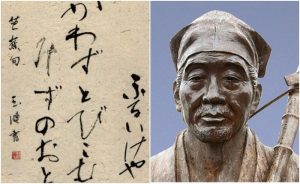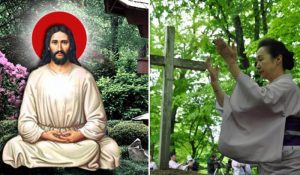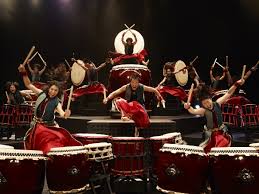have released
Christians versus Samurai: What caused the bloodiest rebellion in Japanese history
 Japan is traditionally associated with two religions – Shintoism and Buddhism. But in fact, Christianity has existed in it for several centuries. True, the relations between Japan and Christianity are very complex, and probably the peak of complexity was the events known as the Shimabar rebellion – after which the Shinto Christians were represented by bloody rebels, and the Christians bill the Shinto for their brutally tortured co-religionists.
Japan is traditionally associated with two religions – Shintoism and Buddhism. But in fact, Christianity has existed in it for several centuries. True, the relations between Japan and Christianity are very complex, and probably the peak of complexity was the events known as the Shimabar rebellion – after which the Shinto Christians were represented by bloody rebels, and the Christians bill the Shinto for their brutally tortured co-religionists.
Coming to Deus on the Islands
Christianity arrived in Japan with the Portuguese. Until the sixteenth century, Japan lived for a long time almost in isolation from world processes (although, for example, the Mongols tried to conquer it – but Continue reading
How Samurai’s son Matsuo Basho glorified the Japanese three-song haiku all over the world
 Haiku (hoku) remains popular largely due to the fact that it perfectly conveys the subtexts of the funny, allows you to achieve funny understatement – a couple of expressive touches, a reference to the mysterious oriental nature – and the joke is ready. But when the haiku, which was originally called “hoku”, appeared in Japanese culture, his role was just that – comic. But thanks to the poet Matsuo Basho, the haiku genre has risen to the very heights of Japanese art – it turned out that “the haiku space is infinite and can contain the whole world”, in the words of another famous haiku author, or haijin, Masaoka Shiki.
Haiku (hoku) remains popular largely due to the fact that it perfectly conveys the subtexts of the funny, allows you to achieve funny understatement – a couple of expressive touches, a reference to the mysterious oriental nature – and the joke is ready. But when the haiku, which was originally called “hoku”, appeared in Japanese culture, his role was just that – comic. But thanks to the poet Matsuo Basho, the haiku genre has risen to the very heights of Japanese art – it turned out that “the haiku space is infinite and can contain the whole world”, in the words of another famous haiku author, or haijin, Masaoka Shiki.
The roots of Japanese poetry, as befits everything that this culture is famous for, go back to the deep past. Continue reading
Did Jesus really escape execution, get married and live in Japan: Museum in the village of Shingo
 650 km north of Tokyo you can find the tiny village of Shingo, which locals consider the last refuge of Jesus Christ. Allegedly among the quiet hills of this place forgotten by God, the Christian prophet lived like an ordinary farmer, growing garlic. He had three daughters and lived in a Japanese village until 106 years old. All this, as well as many other interesting facts, is described in the local Museum of Jesus. Who knows, maybe today you can run into several of his descendants right on the street …
650 km north of Tokyo you can find the tiny village of Shingo, which locals consider the last refuge of Jesus Christ. Allegedly among the quiet hills of this place forgotten by God, the Christian prophet lived like an ordinary farmer, growing garlic. He had three daughters and lived in a Japanese village until 106 years old. All this, as well as many other interesting facts, is described in the local Museum of Jesus. Who knows, maybe today you can run into several of his descendants right on the street …
Shingo is located in Aomori Prefecture, and its population is about 2500 people. Near the alleged grave of Christ are other popular tourist attractions – a car race track, a stunning pyramid and the so-called “Big Rock”. However, tourists still travel to Shingo primarily to see the place where Jesus lived another Continue reading



